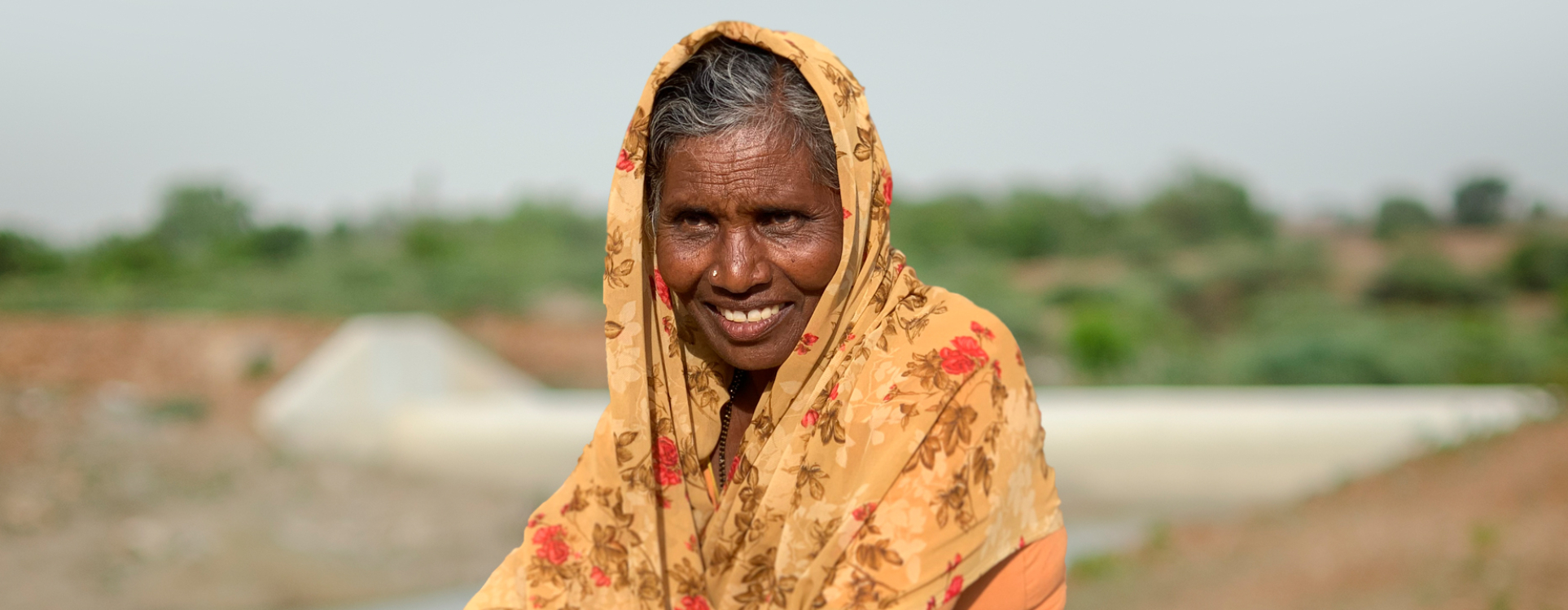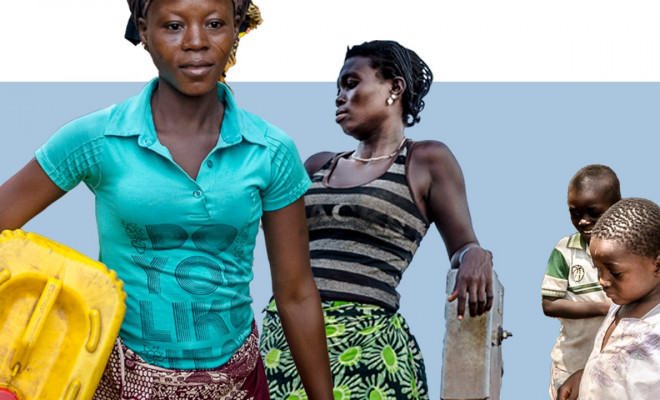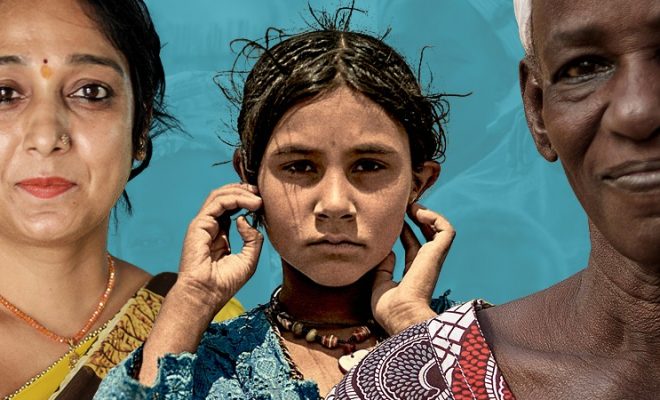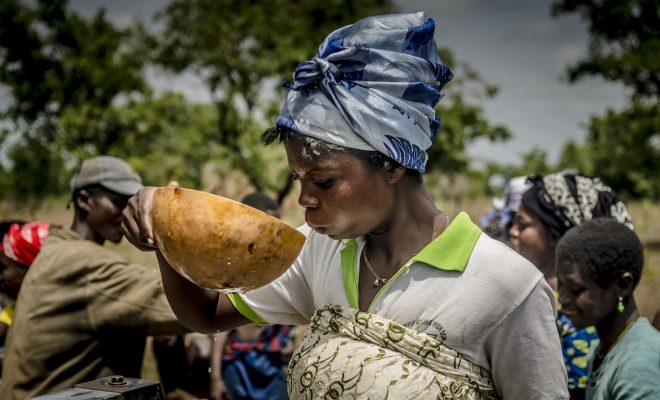Freed from the need to fetch water, thousands of women in the Pratapgarh villages in Rajasthan, India, ensure it reaches its destination. They are familiar with the wells, extraction pumps, and the supply network they have designed with their community. Similarly, water is not wasted in Dewas, Madhya Pradesh, in central India. They have reduced their dependence on monsoons and rehabilitated their degraded water bodies there. Women in Marungapuri, in Tamil Nadu state in southern India, have also managed to address water scarcity. Previously, they had to walk many kilometres to find increasingly uncertain water due to droughts and aquifer depletion.
These women’s families are among the small farmers and artisans to whom we have provided stable and efficient water access over the past three years. These recent projects in the most water-stressed regions of India are a prime example of how community involvement and direct engagement with water issues can regenerate water sources and ensure sustainability and resilience against the impacts of climate change.
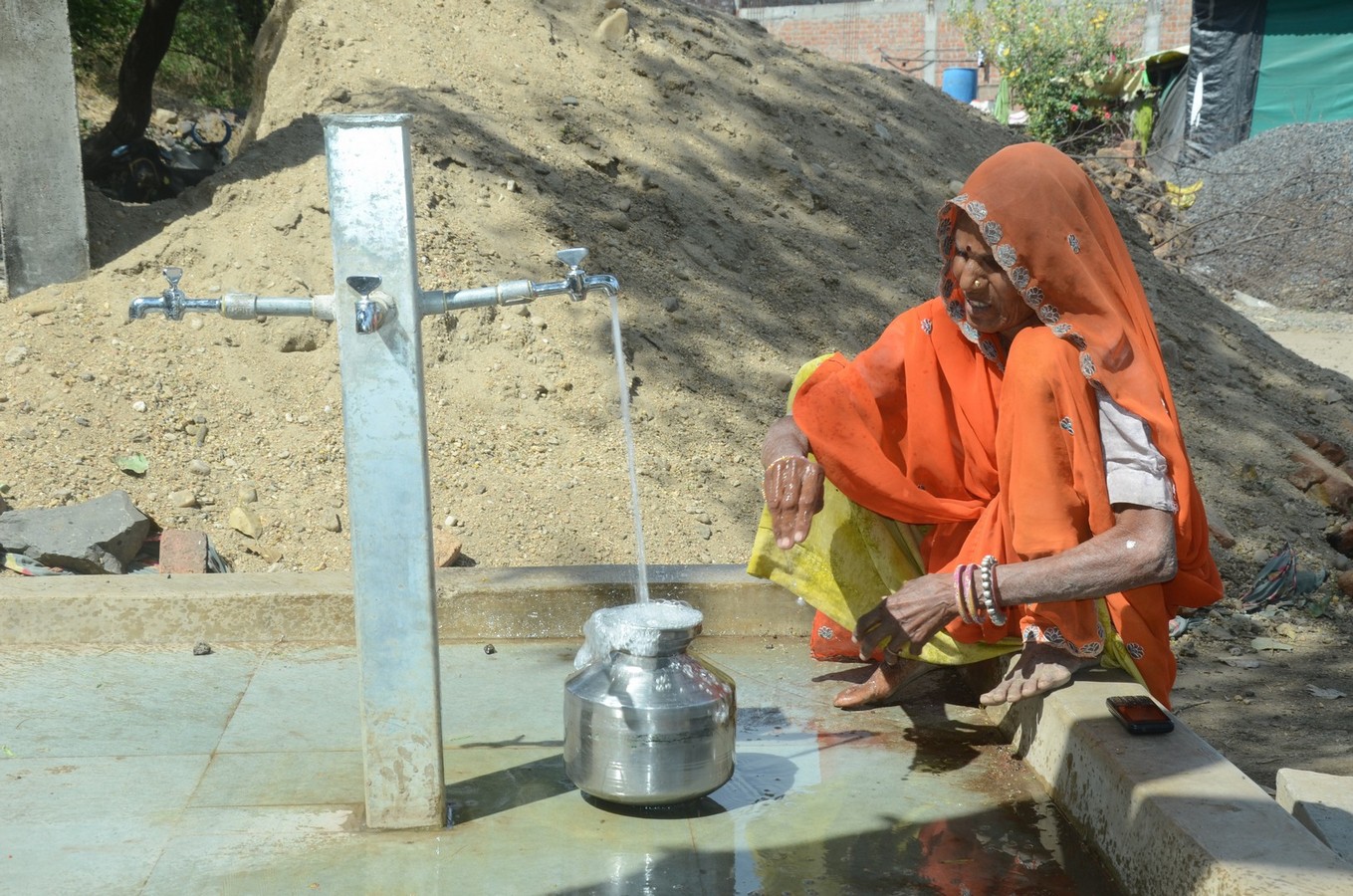
Rural communities experiencing water stress that achieve self-management of their water resources do not waste a single drop. © World Vision
Simple Self-Managed Solutions for Rural Areas
A good case study is the implementation of the hub-and-spoke system in the small communities of Pratapgarh and Dewas. This system involves extracting water through solar-powered pumps into a central tank (the hub) and distributing it to community supply points (the spokes). The tanks typically hold about 5,000 litres and are elevated to facilitate gravity flow of the water. It is an efficient and sustainable system.
The technological simplicity and visibility of the system allow both the design and installation to be carried out with direct involvement from the community. First, villagers need to understand the nature of their water issues and plan the restoration of the water bodies that are their primary resource. Next, a geolocation phase determines the placement of the pumps, tank, and distribution points. Finally, planning includes construction, installation, and the self-management of system maintenance, which is crucial for the project’s efficiency and sustainability.
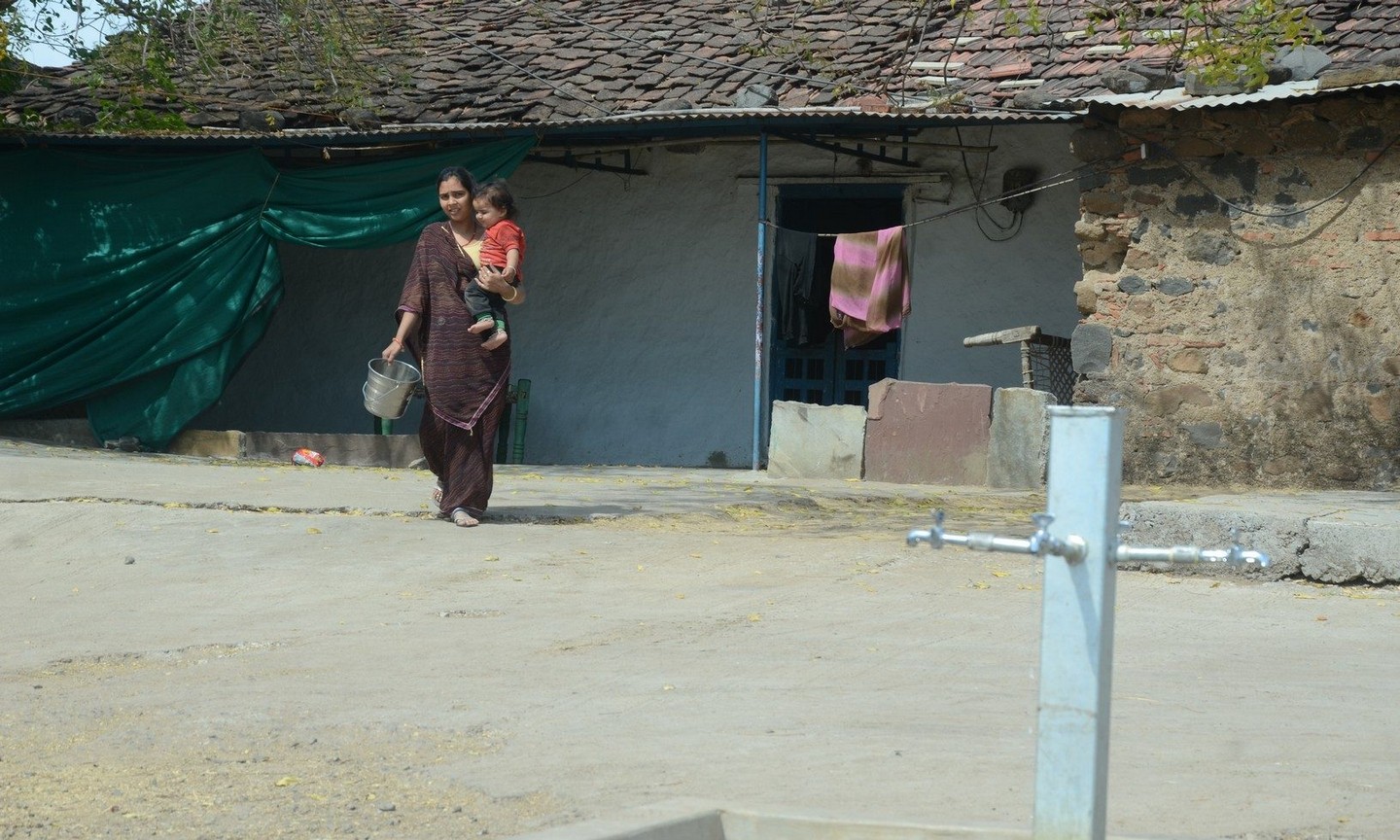
Freed from the need to fetch water, thousands of women in the Pratapgarh villages in Rajasthan, India, ensure it reaches its destination. © World Vison
Women: The Pillar of Efficiency and Unity for Water
The knowledge women bring enriches this formative work. They have the best understanding of the village’s social reality and are in a better position to comprehend problems and make informed decisions: identifying the neediest families, assessing the situation in schools, and evaluating the condition of stressed crops. During the installation phase, we train women in the operation of the pumps, their maintenance, and even their repair using specialized toolkits without requiring assistance from men.
Women are the cornerstone of the successful functioning of Water Committees, ensuring efficiency and sustainability. The results are encouraging: women take responsibility and show high effectiveness in management; they not only ensure the system’s sustainability but also enhance solidarity among villagers, who become more aware of their neighbours’ issues and how controlling water is their best tool for resilience. Water unites.
Rural Water Stress Requires Progress from Village to Village
Forecasts concerning water stress are worrying. A quarter of the global population, about 2 billion people, currently lives in conditions of water insufficiency relative to their needs. According to the Water Risk Atlas by the World Resources Institute (WRI), nearly half of the global population (around 4 billion people) currently experiences water imbalance for at least one month each year. The most vulnerable are the inhabitants of poor rural areas.
Around 550 million people still lack secure access to water in rural areas. Among them, the issues of consuming surface water and accessing distant sources of uncertain potability persist. Progress is slow, but achievements are enduring.
At the Foundation, we have helped 2.2 million people in abandoned rural areas worldwide by providing them with water access. These 69 projects have addressed a variety of issues, but in all cases, the success of efficiency has a common denominator: the development of knowledge and community participation in each phase of implementation to achieve the highest level of self-management.
The exposed and vulnerable rural world cannot wait for large investments. Developing simple, self-managed models by small communities is not costly and offers valuable global benefits: reducing hunger, curbing climate migration, and building resilience against climate change.
The lesson from small communities that achieve self-management through knowledge is hopeful: when we are close to water, we do not waste it.
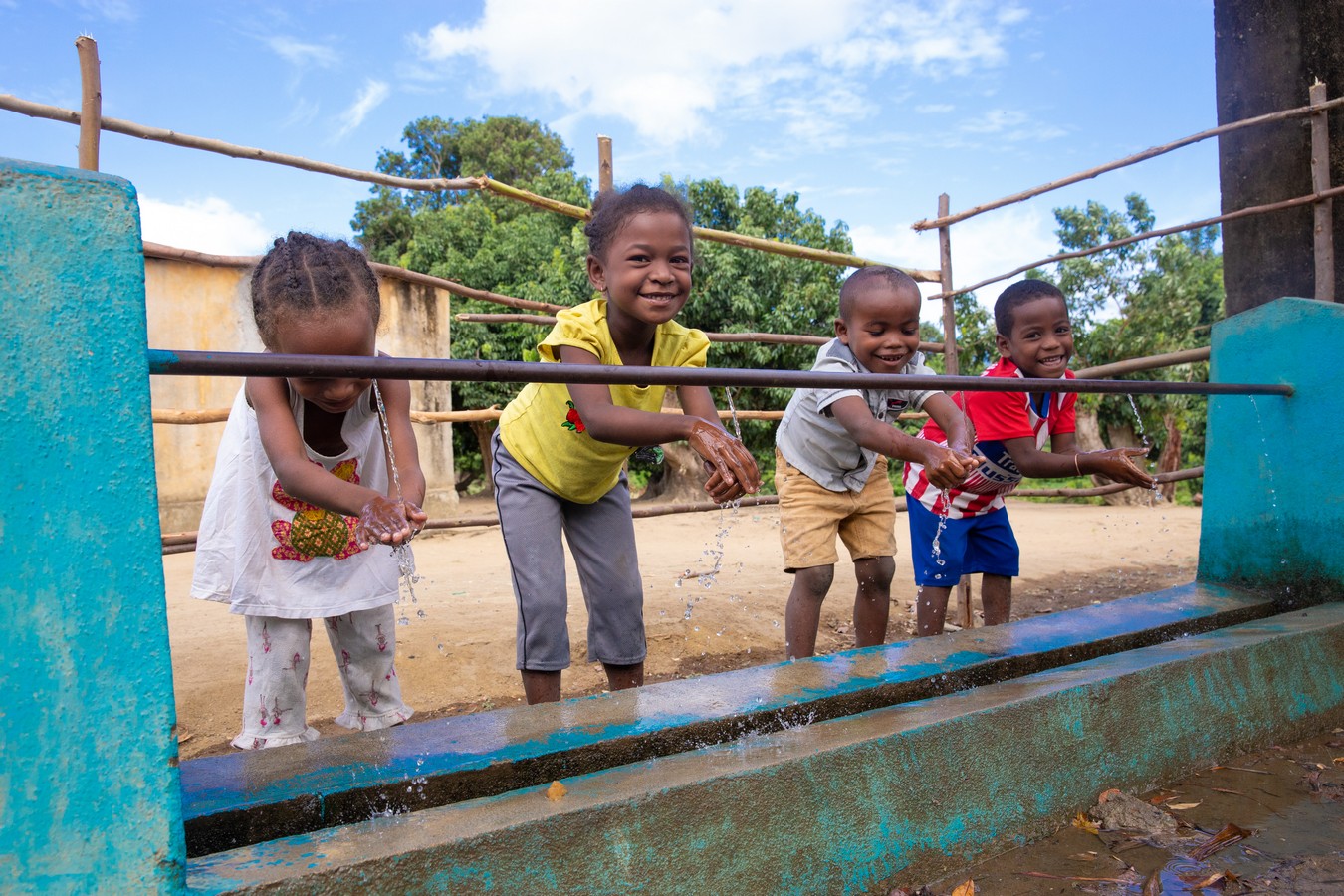
At the Foundation, we have helped 2.2 million people in abandoned rural areas worldwide by providing them with water access. © UNICEF


